Woodland Detectors
Gold Member
- Joined
- Nov 23, 2008
- Messages
- 12,712
- Reaction score
- 142
- Golden Thread
- 0
- Location
- Toll Free ~ 855~966~3563
- 🏆 Honorable Mentions:
- 1
- Primary Interest:
- Relic Hunting
I was wondering if anyone could date this brass Flintlock side plate?
Dug in NC, it measures around 6 inches long. There is a marked "X" on the back
Thanks!
Dug in NC, it measures around 6 inches long. There is a marked "X" on the back
Thanks!
Attachments
-
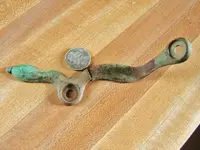 Feburay 11-20 2012-02-17 001.webp72.3 KB · Views: 339
Feburay 11-20 2012-02-17 001.webp72.3 KB · Views: 339 -
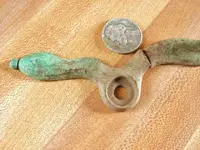 Feburay 11-20 2012-02-17 002.webp71 KB · Views: 298
Feburay 11-20 2012-02-17 002.webp71 KB · Views: 298 -
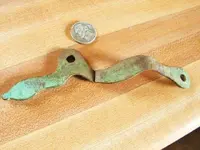 Feburay 11-20 2012-02-17 003.webp65 KB · Views: 287
Feburay 11-20 2012-02-17 003.webp65 KB · Views: 287 -
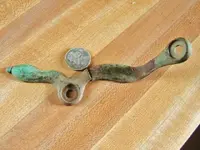 Feburay 11-20 2012-02-17 001.webp72.3 KB · Views: 269
Feburay 11-20 2012-02-17 001.webp72.3 KB · Views: 269 -
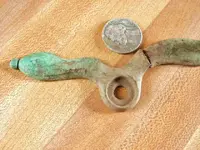 Feburay 11-20 2012-02-17 002.webp71 KB · Views: 275
Feburay 11-20 2012-02-17 002.webp71 KB · Views: 275 -
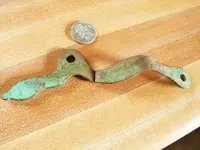 Feburay 11-20 2012-02-17 003.webp65 KB · Views: 264
Feburay 11-20 2012-02-17 003.webp65 KB · Views: 264 -
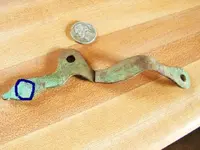 Feburay 11-20 2012-02-17 003.webp53.5 KB · Views: 470
Feburay 11-20 2012-02-17 003.webp53.5 KB · Views: 470





 Or you can call me Ray
Or you can call me Ray 

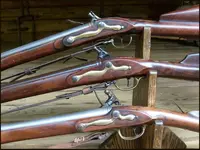


![MVC-011F(1)[1].webp](/data/attachments/593/593532-4f12cf58c992c147388c667f08fd6343.jpg?hash=u-7QuloL32)
